The Thin Blue Ribbon
A former astronaut spends the time he has left on Earth working on climate change
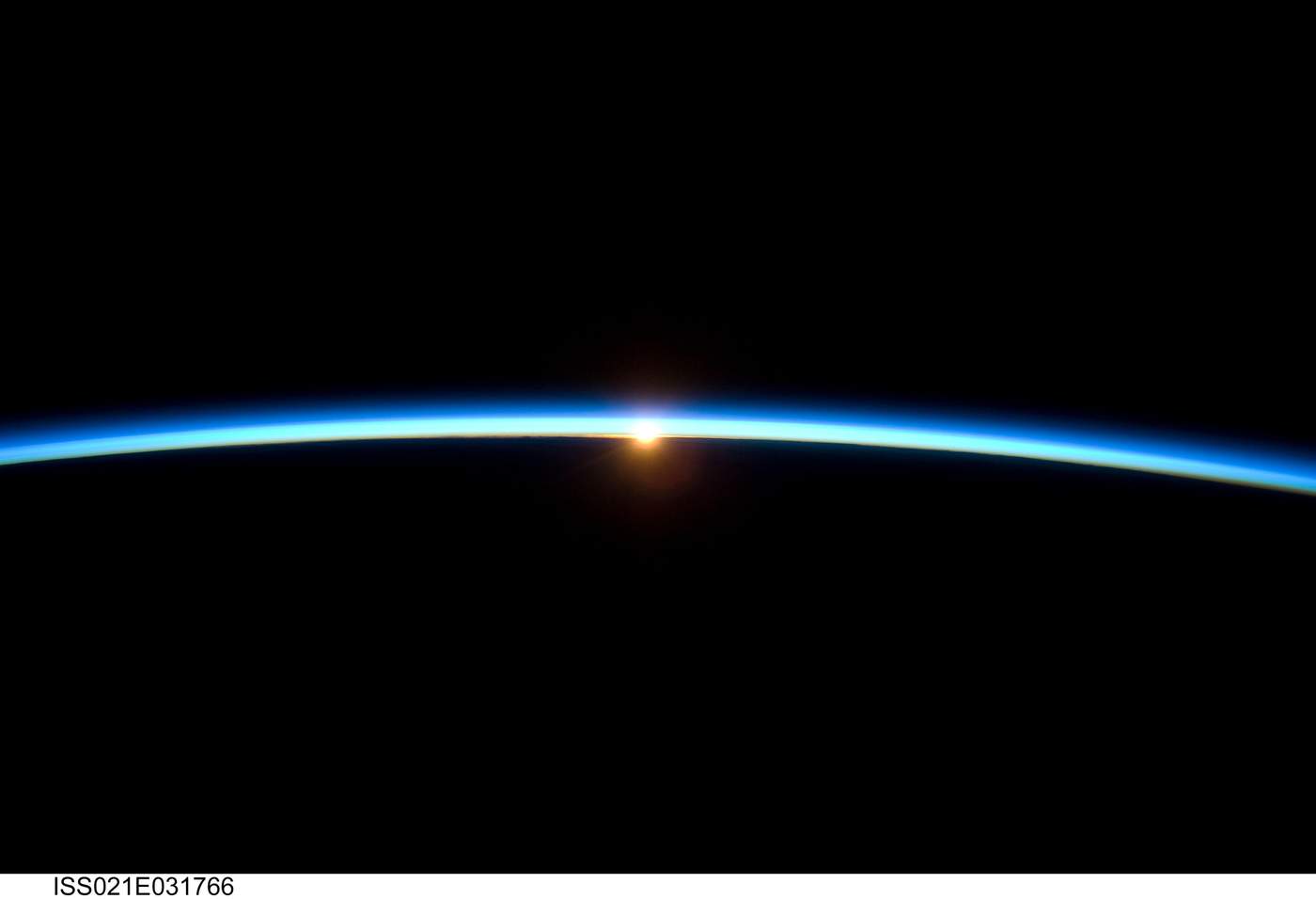

I first met Piers Sellers because he’s dying.
Sellers, a former astronaut, leads the government’s efforts to understand climate change. At NASA’s Goddard Space Flight Center, he heads the Earth Sciences Division, which does some of the nation’s most important climate change modeling.
I visited with him in his first-floor office. At 61, he’s a swoon-worthy handsome man. He’s 6 feet tall, with an open face and mischievous smile. When I met him, he looked thinner than his photos from his days as an astronaut. His white dress shirt draped loosely on his shoulders as if it was a size too big. He told me he’d lost 30 pounds in three weeks, a result of some drugs he’s taking.
Honestly, I don’t think that Sellers would like me mentioning this all here – at the beginning of his story. He doesn’t like talking about his health. At one point when I asked him about his diagnosis, Stage 4 pancreatic cancer, he laughed. “I’m still alive, man,” he told me, “and I’m always optimistic.”
I’ll return to his optimism in a bit. But let me begin by telling you his story. That way I think you’ll understand why I visited Sellers in the first place.
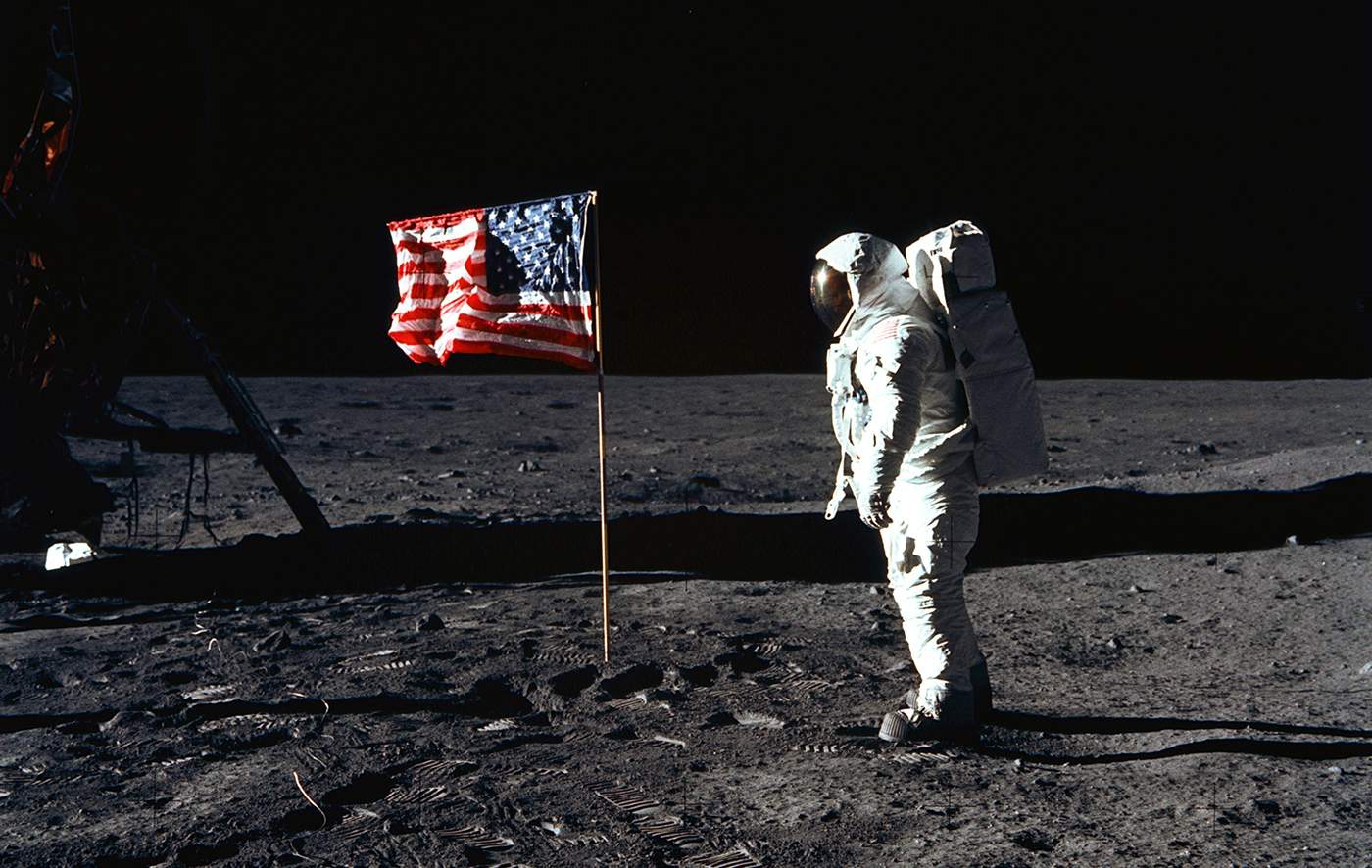
Piers Sellers grew up in England, and as a young boy he yearned to go into space. By his own admission, he was a bit of a “space nut.” He followed the Gemini and Apollo missions, and remembers at the age of 14 at boarding school staying up until 4 a.m. to watch the moon landing. He thought to himself, “oooh, I want to do that.” He came to the U.S. to do post-doc work, and took a job at NASA’s Goddard Earth Sciences Division as a climate scientist. In 1991, at the age of 36, he became a U.S. citizen so he could apply for the astronaut corps, and five years later got selected to become an astronaut.
As you might imagine, he gets asked all the time about his time in space, and so when I asked him about that first flight aboard the Space Shuttle Atlantis, he wanted to make sure that I knew he “didn’t have a religious epiphany.” I learned quickly, he’s no-nonsense, a scientist who’s grounded in what he knows to be true. But he did tell me that on that first flight, right after the launch when he looked out the window, what he saw left him in awe, the equivalent I suppose of a scientific epiphany.
“You get up there, and the Earth is this huge ball,” he told me. "And when you look at the horizon there’s this tiny film of gas around it.”
“It’s just a thin, blue ribbon. It’s the atmosphere. I mean, there’s almost nothing there.”
He said it was so thin that it reminded him of an onion skin. He thought to himself, “Wow. Is that all we have?”
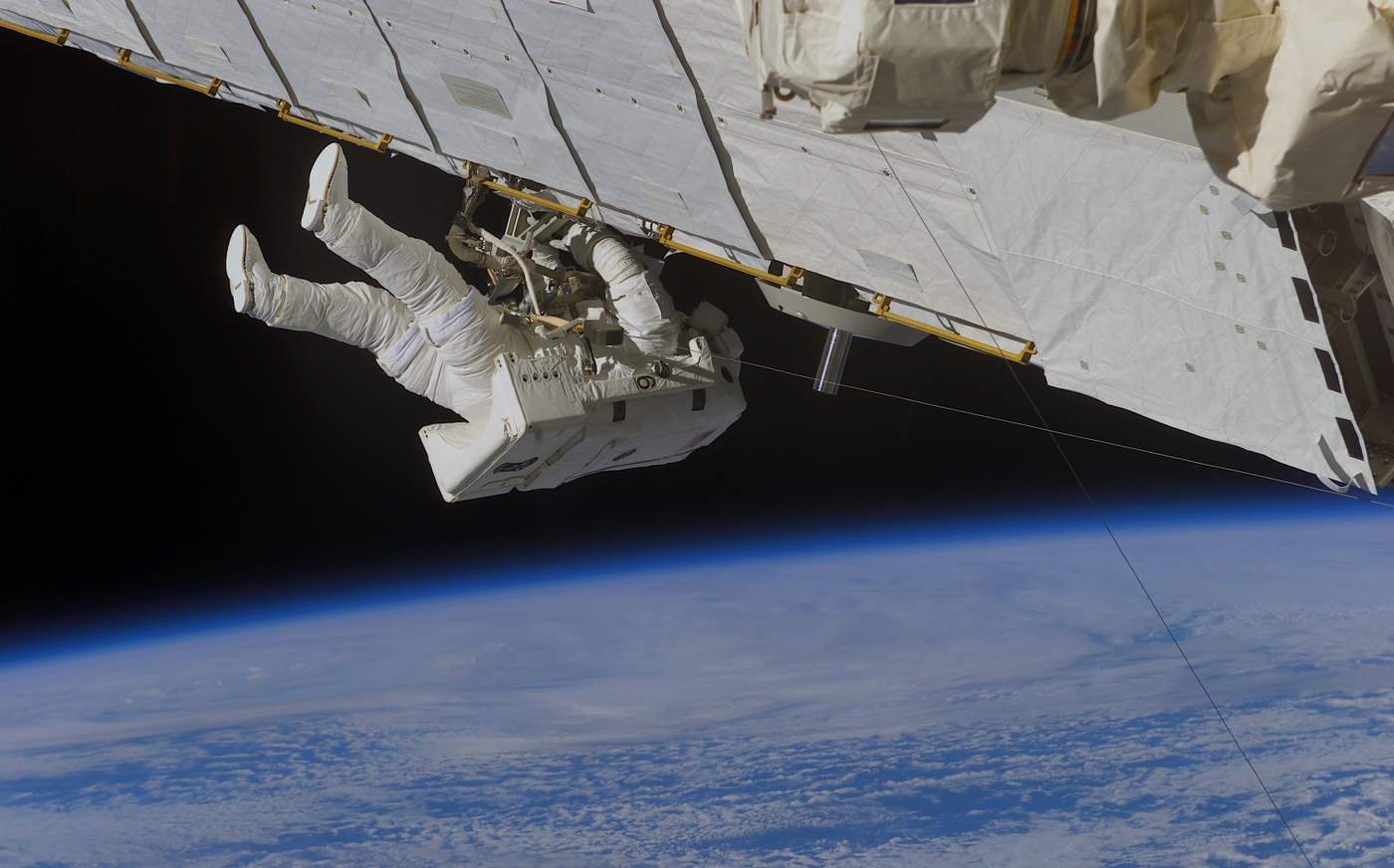
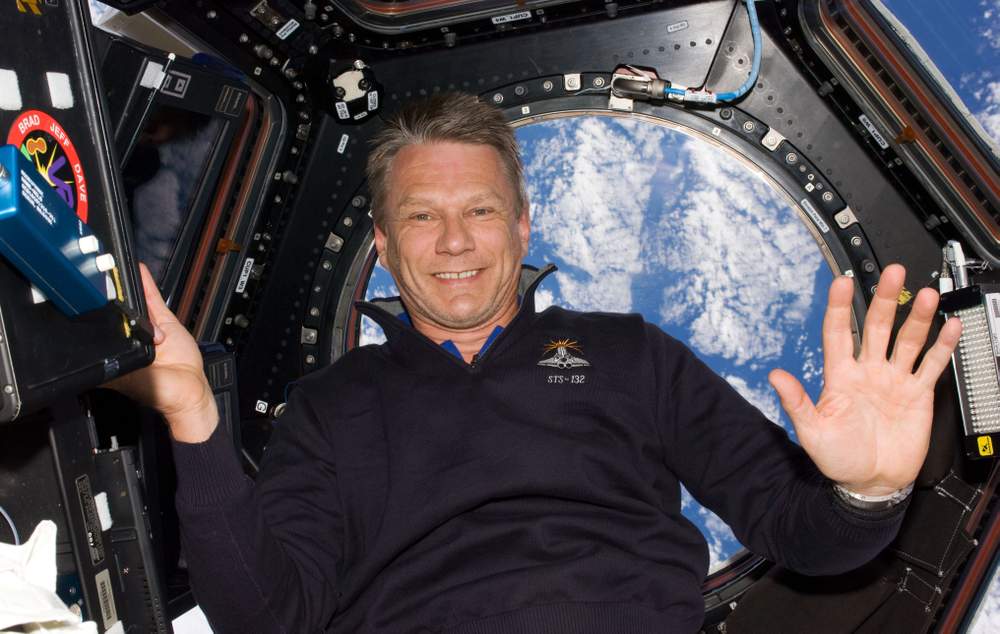
This flight in 2002 was a time when top government officials denied the existence of global warming, and so what he saw had a big impact on him. It drove home what he already knew from years immersed in the data: that the Earth was more vulnerable than most thought. In the end, he flew three missions and took six space walks before he wrapped up his time as an astronaut. Done with space, in 2011 he had to decide what to do next. He made what to some seemed like an unusual choice: He returned to climate change work.
A colleague of Sellers, Paul Newman, told me, “We were surprised he came back. He could have had a pick of a lot of the jobs in NASA, but he chose to come here.”
Here is the Earth Sciences Division at NASA’s Goddard Space Flight Center just outside of Washington, D.C. He chose to become a bureaucrat – but an important one. He’s a leader of the government’s efforts to study climate change. As director of Earth Sciences at Goddard he oversees 1,500 scientists and engineers who, using data from satellites and ground research stations, work to more precisely measure where carbon comes from and where it’s going, all in an effort to predict what lies ahead. Their climate models have become so important that public officials regularly visit for briefings.
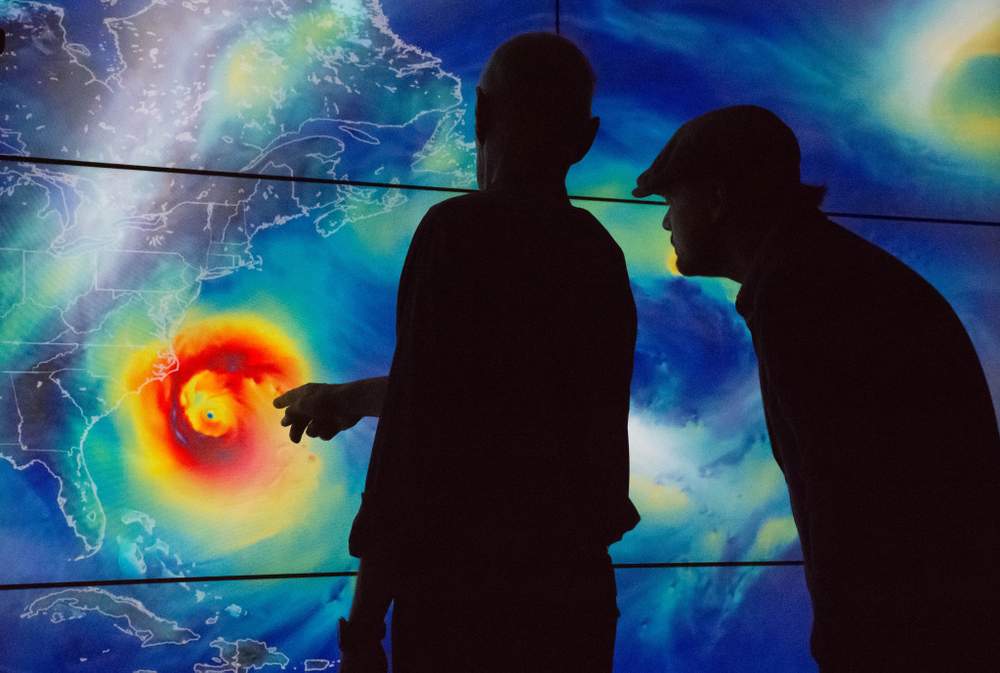
Sellers’ job is one that has gotten him into some public scrapes. Two years ago, Steve Stockman, a Republican congressman from Texas, visited Goddard, and Sellers tried to do what he always does, which is lay out the science and break things down in layman’s terms.
But not long after, at a congressional hearing, Rep. Stockman took a shot at Sellers, mocking him. He said, in part, “Some of the things that they’re talking about, mathematically, scientifically, don’t make sense. He (Sellers) said that what ended the ice age was global wobbling. That’s what I was told. This is a lead scientist down in Maryland. You’re welcome to go down and ask him the same thing.”
Sellers was insulted, and so fired back – in an equally public way. In a New York Times op-ed, he scolded the congressman for what he said was “trivializing” the accepted theories. Congress funds Goddard, and so Sellers, who’s a civil servant, took some heat inside NASA for skirmishing with a congressman. But he takes such pride in that moment that the piece, two years later, is still tacked to his bulletin board.
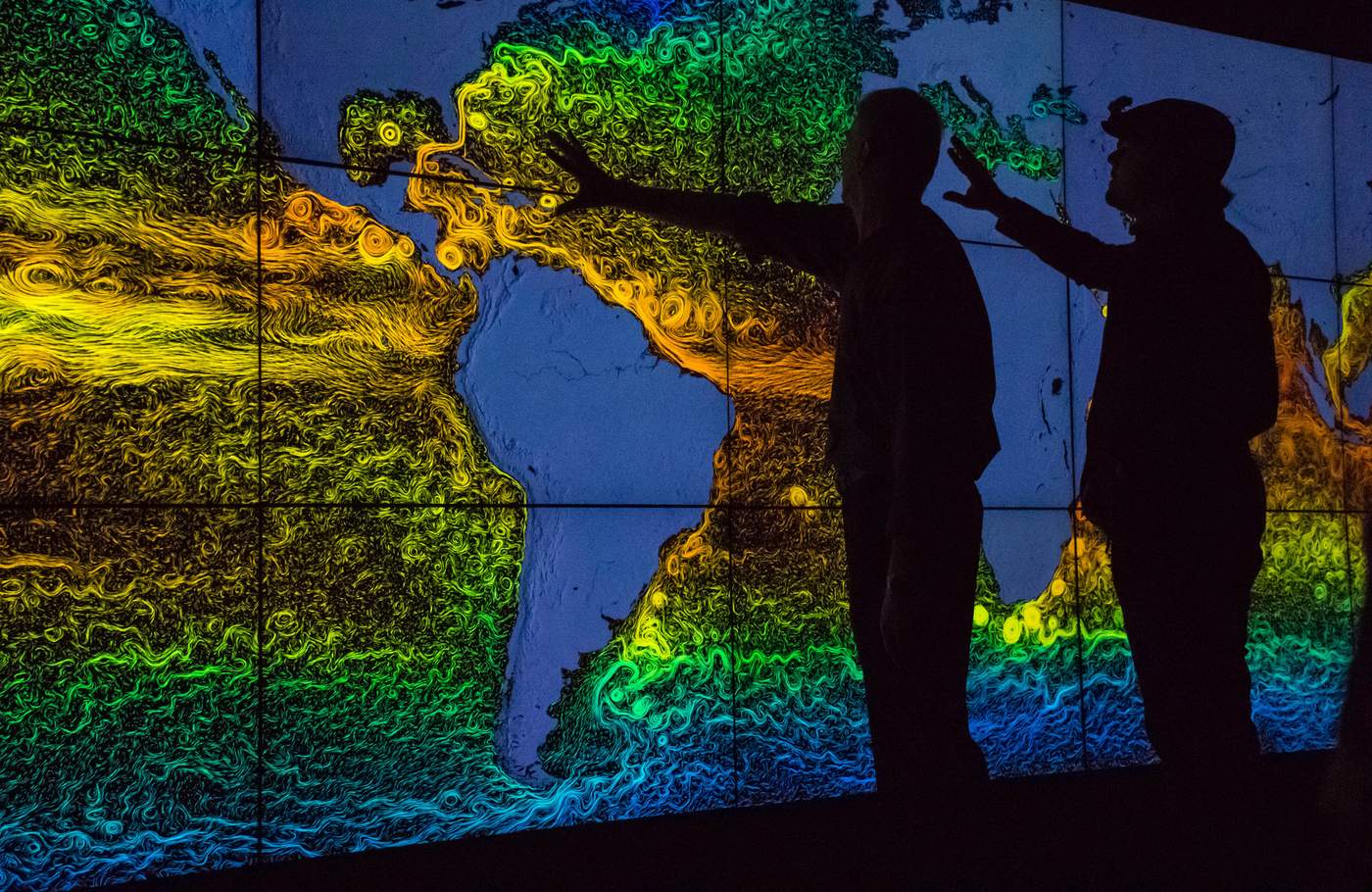
I recently visited Sellers at his office, which is in Building 33 on Goddard’s 1,200-acre campus. Despite his weight loss, he still looks remarkably fit. I was there to see him because he had publicly disclosed this past January in a second New York Times op-ed that he had been diagnosed with Stage 4 pancreatic cancer. After months of fatigue and various aches, he’d gone to a doctor, and was told that barring some small miracle he had a year-and-a-half – or 500 days – to live.
Sellers can be waggish, and so when I asked him what he did right after the diagnosis, he explained: “I told my close friends and family, and then sent out a circular to everybody which says, ‘Hey, you know I’ve been diagnosed with cancer. Reasons to be cheerful: This has greatly simplified my retirement planning. Gets me out of jury duty. And there is a promise of improved parking access in D.C., which is like gold.”
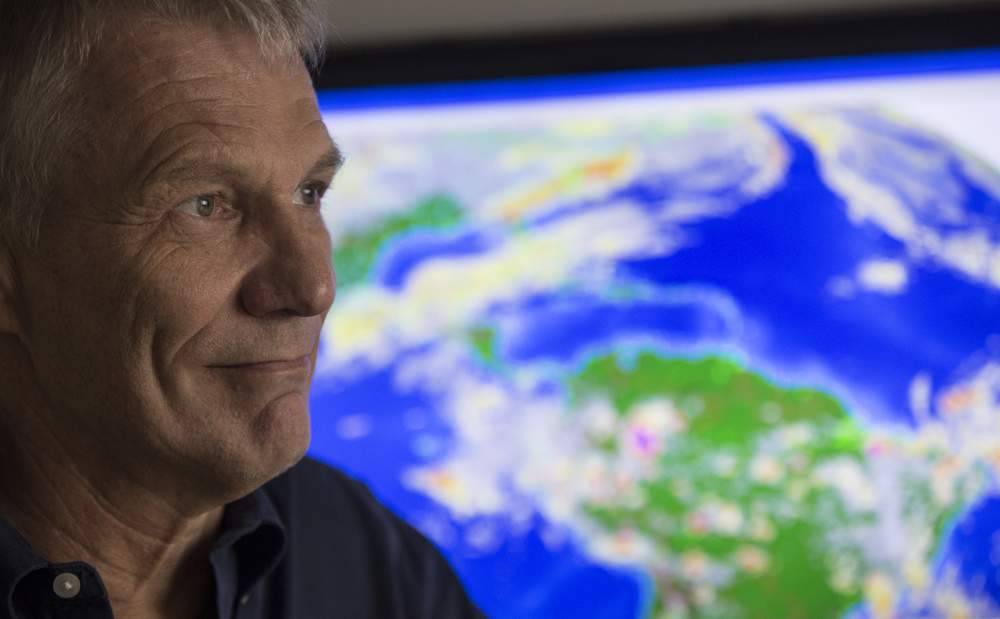
This is Sellers. Jocular and playful. But around the time of his diagnosis, he made a weighty decision. This is what he wrote about in The New York Times, and it’s what I wanted to talk to him about. He wrote about how he wanted to spend the rest of his life. He said he wanted to spend time with his two grown children, but that he had no interest in hanging out on a beach or climbing some mountain. In the op-ed, he wrote, “As for me, I’ve no complaints. I’m very grateful for the experiences I’ve had on this planet.” He went on to talk about his time as an astronaut, and how beautiful and awe-inspiring he found the Earth from space. He wrote about the need for policy makers to catch up with the science, and then concluded this way: “From this God’s-eye-view, I saw how fragile and infinitely precious the Earth is. I’m hopeful for its future. And so I’m going to work tomorrow.”
It feels so plain, so straightforward. But he’s saying: I have very few days left in the world – and I know how I want to use them: Continue to lead and shape NASA’s climate work - and speak to as many people as I can, about what I know and about what I’ve seen. It’s like he’s launched into a sprint.
“I don’t have time to stalk this horse slowly over many years,” he told me. “I thought I better get what’s been on my mind for a while out there quickly and as clearly as I can.”
He’s adamant that little has changed in the way he conducts himself, but it’s clear that because of his failing health more people are listening. He’s been written about on The New Yorker website and has appeared on CNN with Fareed Zakaria. But I learned quickly that while he’s happy for the attention so he can get his message and ideas out, he has no patience with people who want to dwell on the personal drama of his health. Trust me, I tried. At one point I told him it must be hard maintaining his optimism, given his own situation. “No, not at all,” he replied emphatically, and then turned the question towards climate change, assuring me he’s optimistic “that the human race can fight its way out of this particular situation. We’ve done it before so many times. When we’re in a fix, we’ve found a way out.” It’s simple for him. He’s been to space. So, he knows what humans are capable of, and is convinced that with the same kind of single-mindedness and inventiveness we can find a way to slow down the warming of the globe.
Sometimes his optimism can feel more like wishful thinking. In his op-ed, he declared that last year was the death of denial. I pointed out to him that one presidential candidate has called climate change a hoax. And shortly after Sellers’ op-ed appeared, the conservative Breitbart news site ran an article sarcastically headlined: NASA Chief: Global Warming is Real Because I Have Cancer. He seems unfazed by such attacks. He just keeps moving forward.
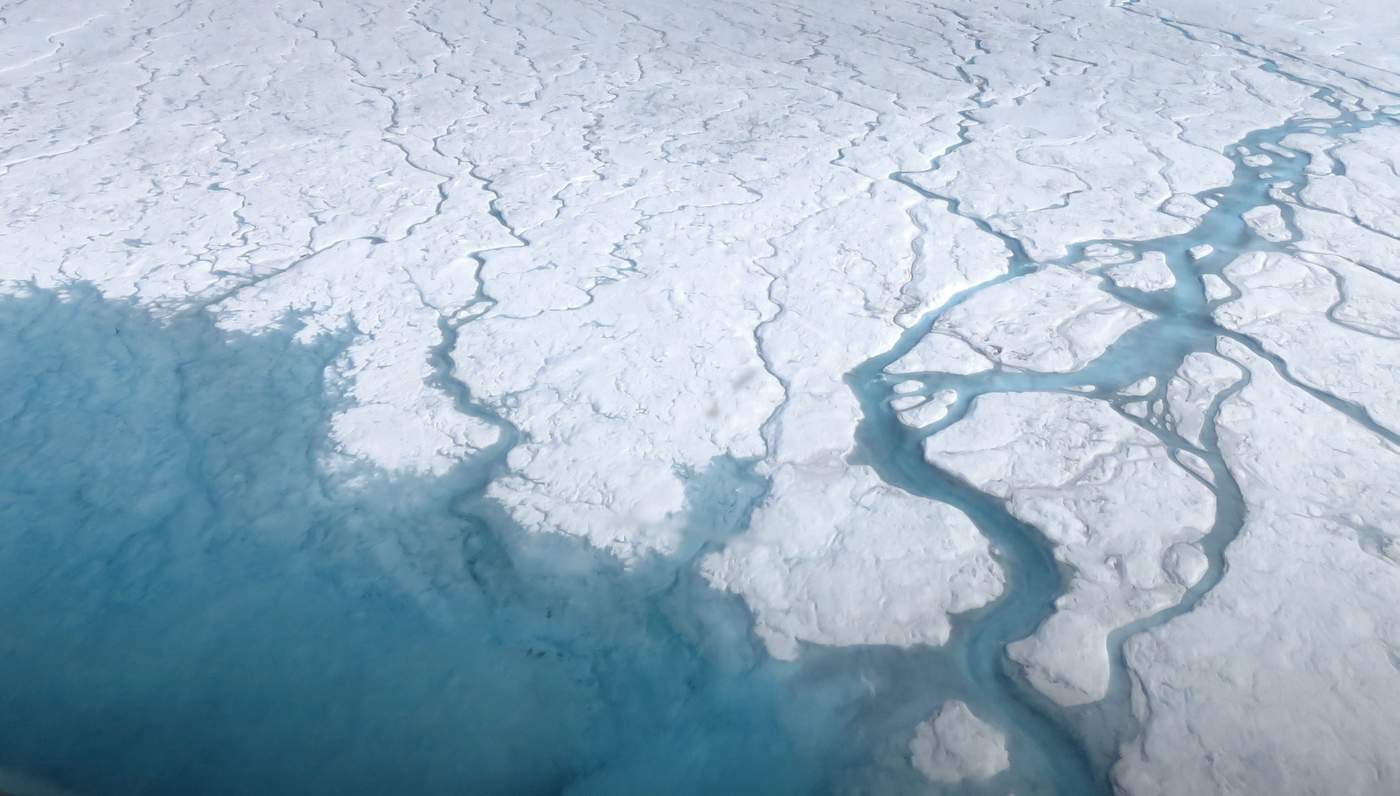
This past spring, in between chemotherapy treatments, Sellers chose to visit Greenland -- just the kind of thing you’d find on a climate scientist’s bucket list. Greenland, which is the only place with more ice than Antarctica, is the canary in the coal mine for global climate change. It’s warming more than twice as fast as the rest of the world. Sellers had never been there and he simply wanted to see it firsthand. While there, he hitched a ride aboard a C130 flown by the Royal Danish Air Force, and he got invited to sit in the cockpit. The windows went down to the floor so he had a panoramic view. When he talks about what he saw, it’s like the first time in space when he saw the thinness of the atmosphere. Something he knew intellectually became visceral.
“As the clouds cleared,” he recounted, “we came out of a clear patch, and I could see this huge ice massif, and then these immense rivers of ice, these glaciers, slowly flowing out from them.”
“I understood the numbers, I’ve seen the satellite data, I’ve seen the graphs, but when you actually see the glaciers themselves and how massive they are and the volume of discharge, clearly Greenland is losing ice at a massive rate.”
“It really grounds you in reality as to what’s going on.”
There’s an irony, I suppose, in Sellers’ situation. He announces he’s dying but he doesn’t want to talk about himself. He’s used his illness to get people’s attention so he can talk about what he’s seen from space or from flying over Greenland, so that he can underscore the urgency around global warming. It’s that important to him.
I came away from my time with him thinking: It’s kind of remarkable to see someone who can’t forestall his own mortality straining so hard to forestall the mortality of the planet.
When Sellers returned from Greenland, he missed a day for a medical procedure and we had to move our interview back a day. When we spoke, I asked how his health was. “Bumpy,” he replied. And then he moved on.
It’s tough, too, on those around him. When I walked the halls of Goddard, colleagues – when they heard I was working on a story about Sellers – would choke up. One of them described him as “larger than life.” Another as “transformational.” To a person, they seemed galvanized by his resolve. But honestly, most of them seemed just happy that they have him around for a while.
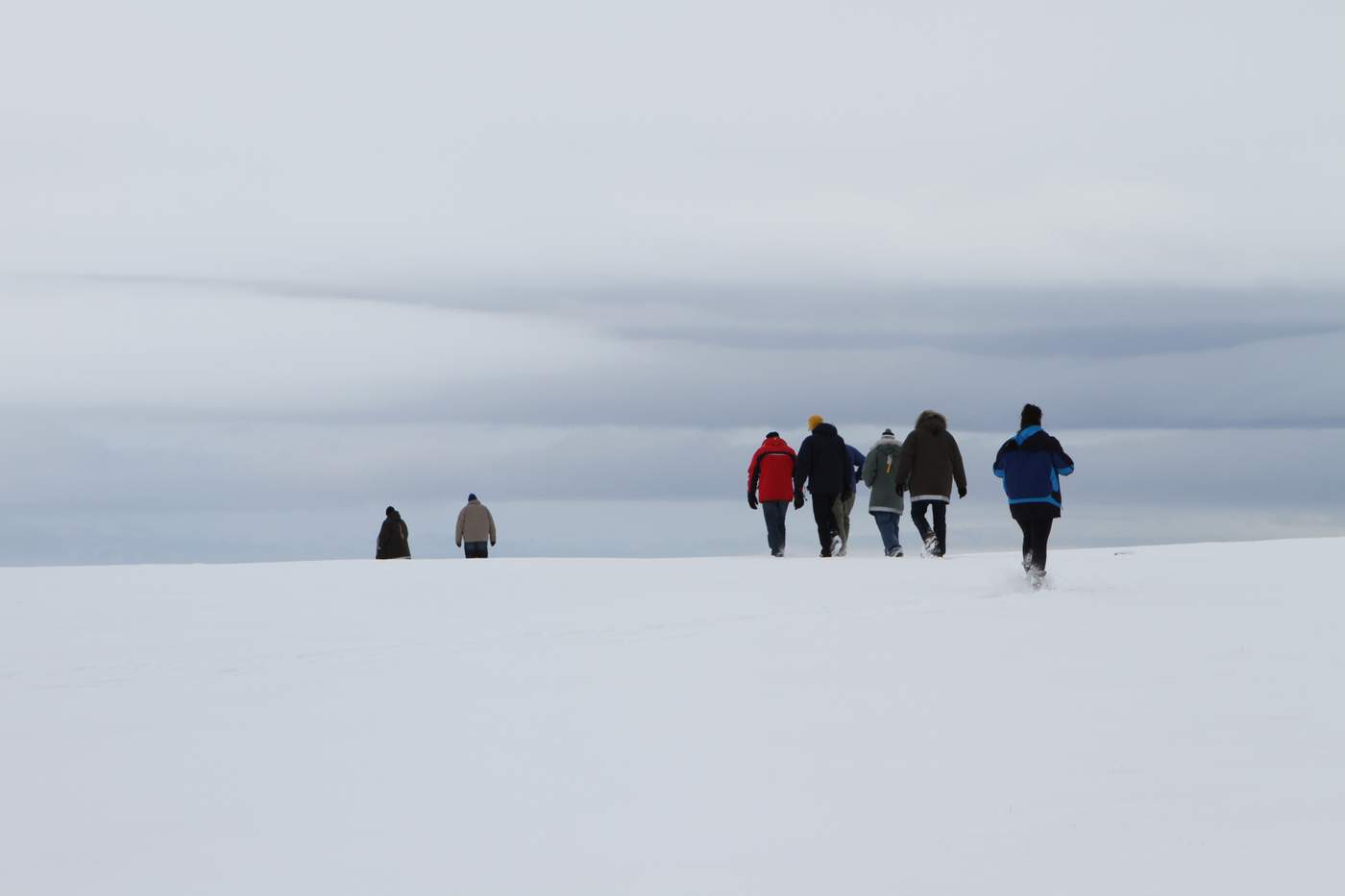



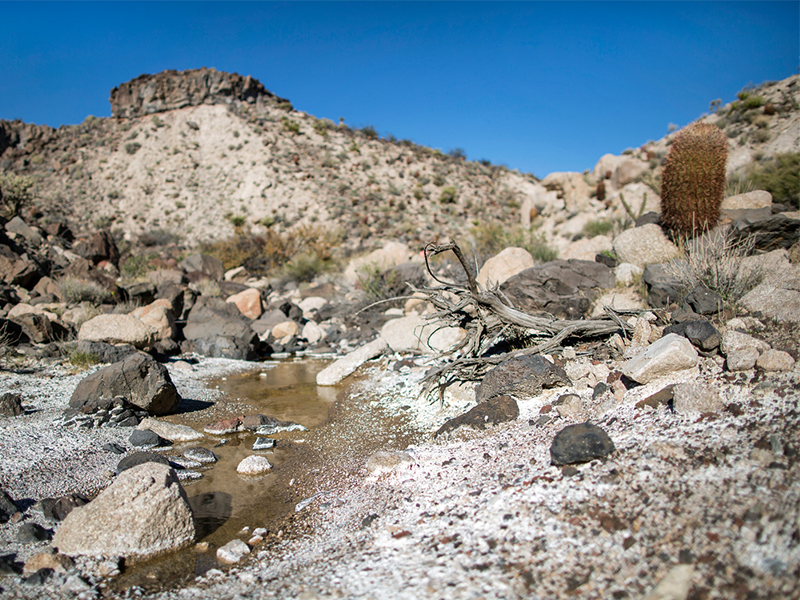
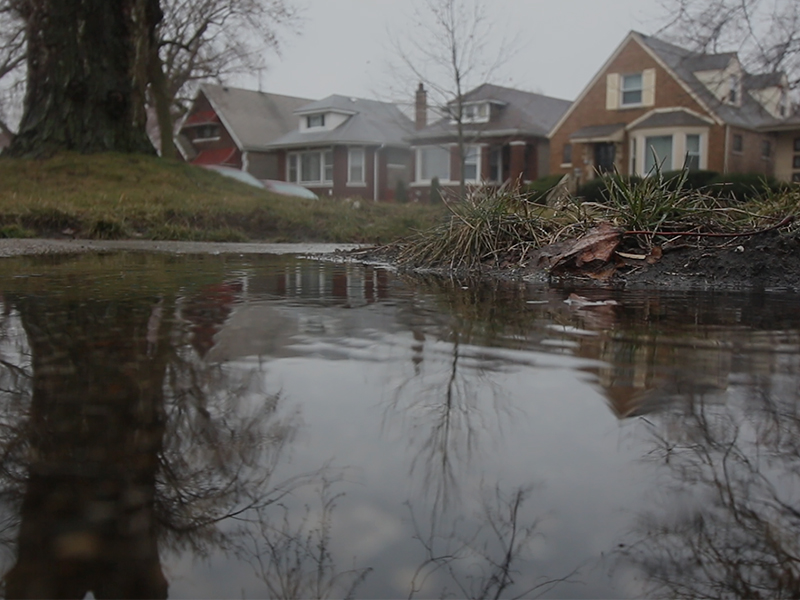
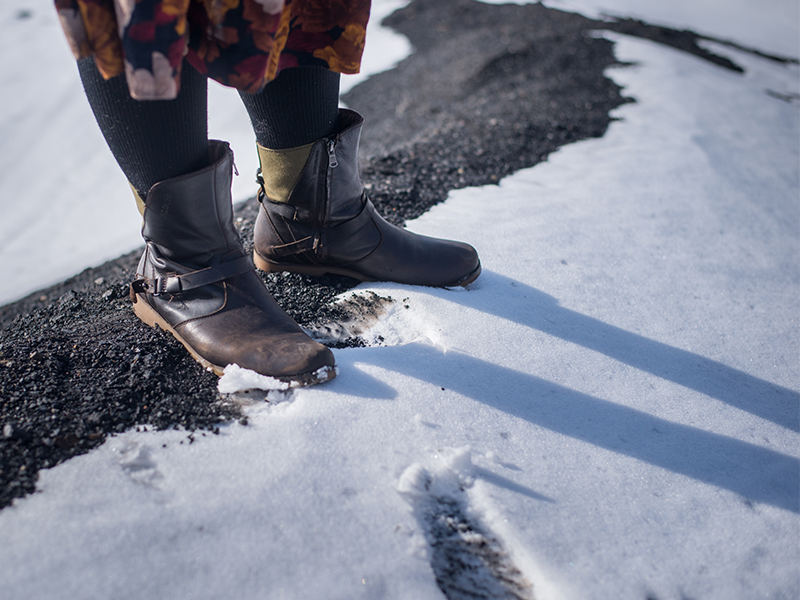
 to WBEZ
to WBEZ
